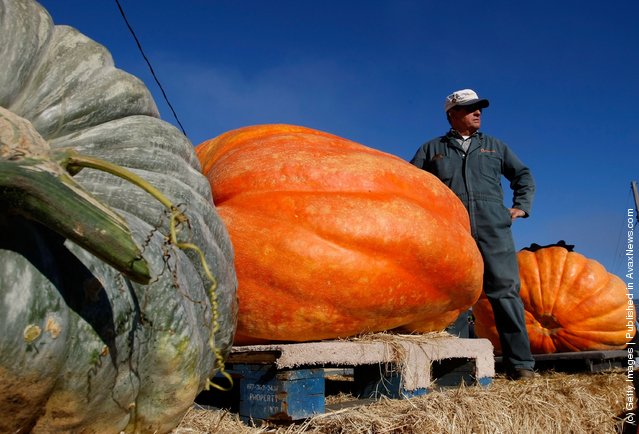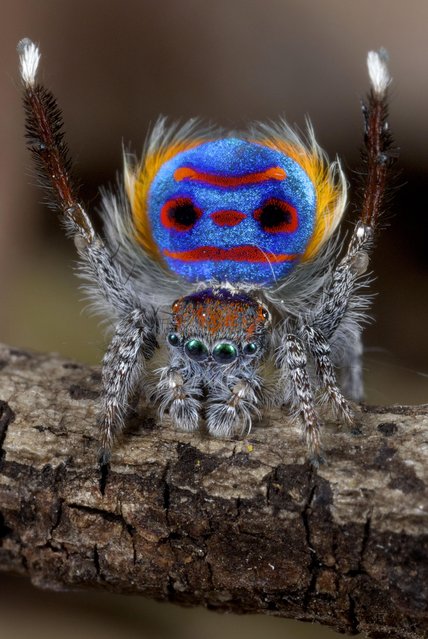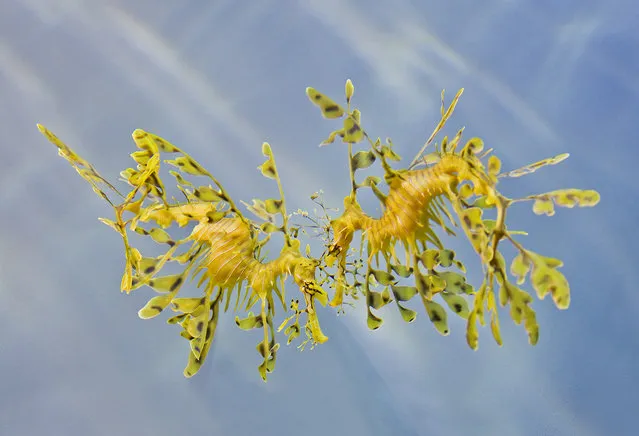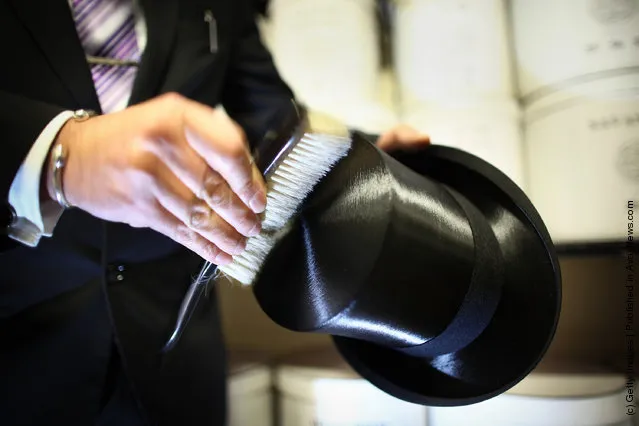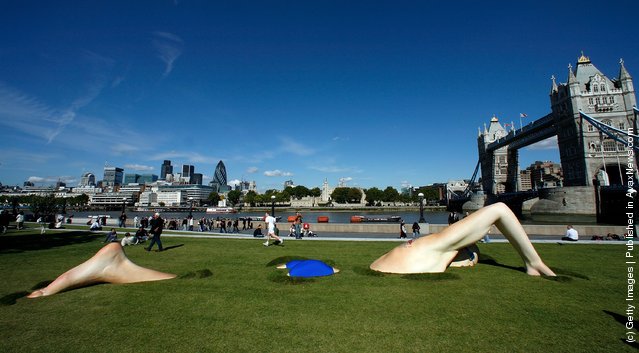
A sculpture of a swimming man is displayed on the banks of the Thames on September 18, 2007 in London. The new artwork, unveiled today, is to promote a new television programme set in a tattoo parlour. (Photo by Peter Macdiarmid/Getty Images)
31 Mar 2011 09:08:00,post received
0 comments

